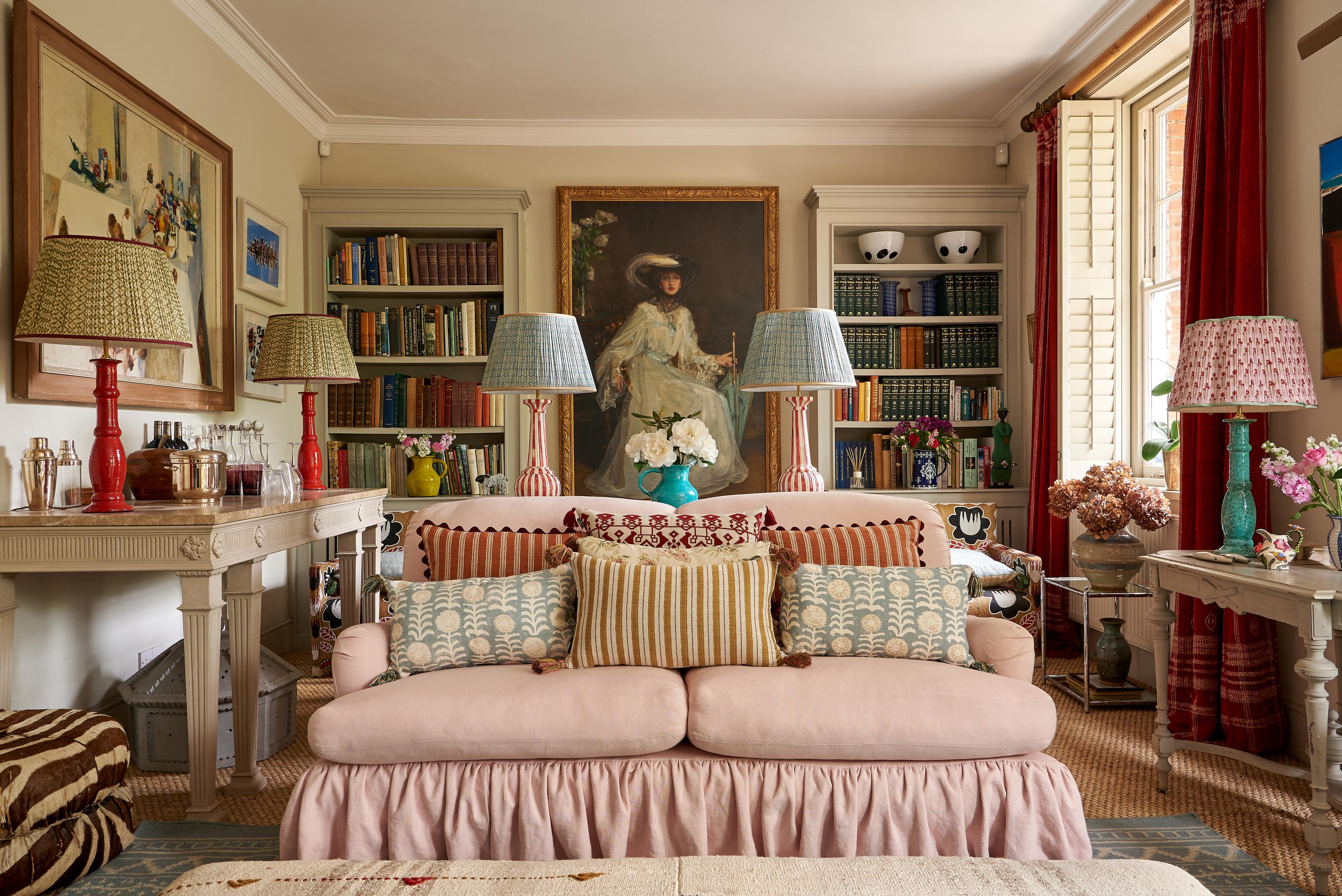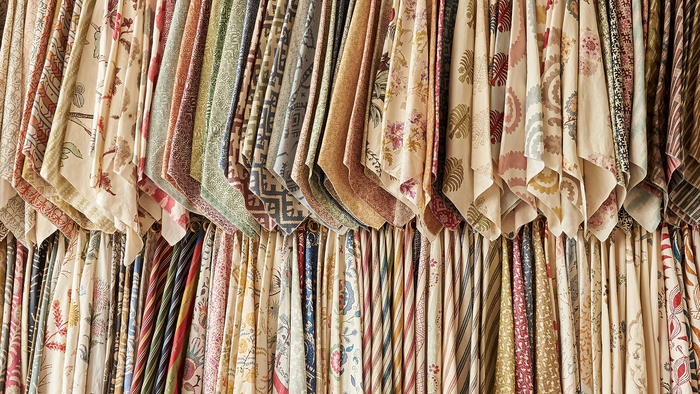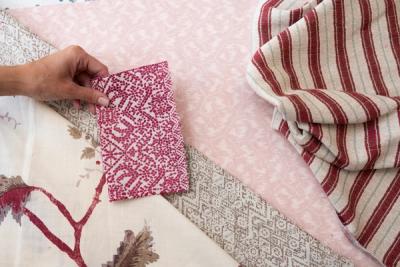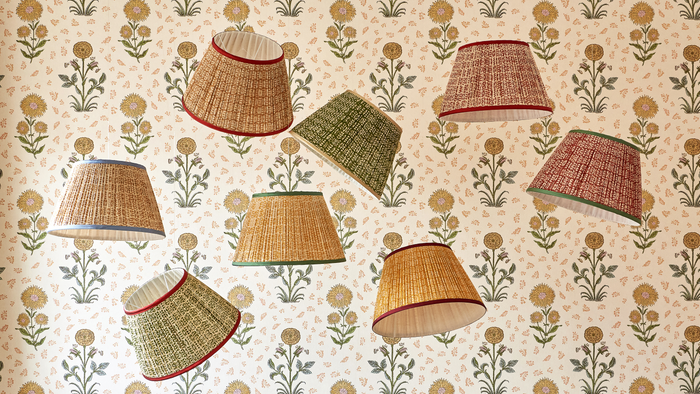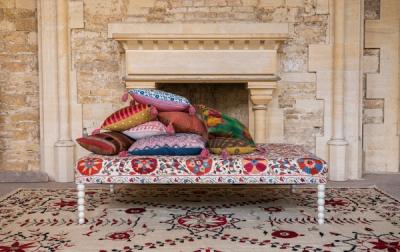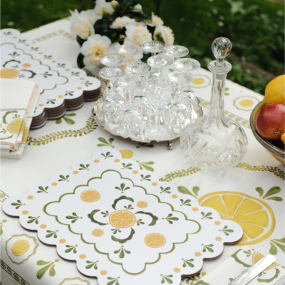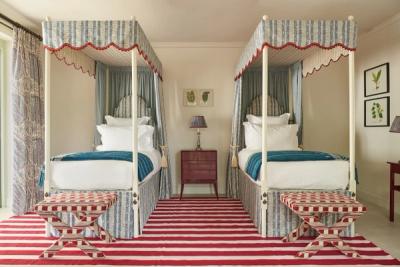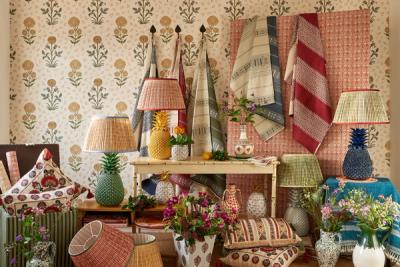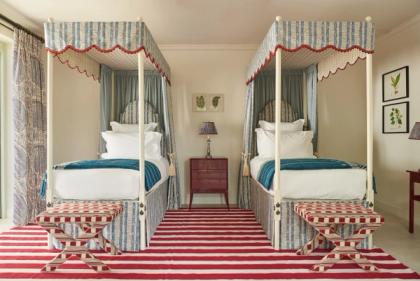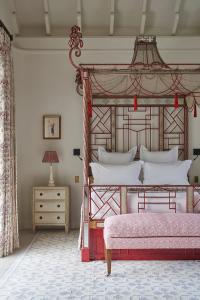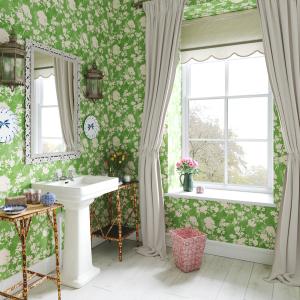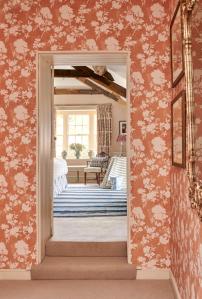Decoration
Embracing Biophilic Design at Home
Biophilic design is a fascinating principle for designers to explore. Click here to find out more about its value and core elements when decorating the home.
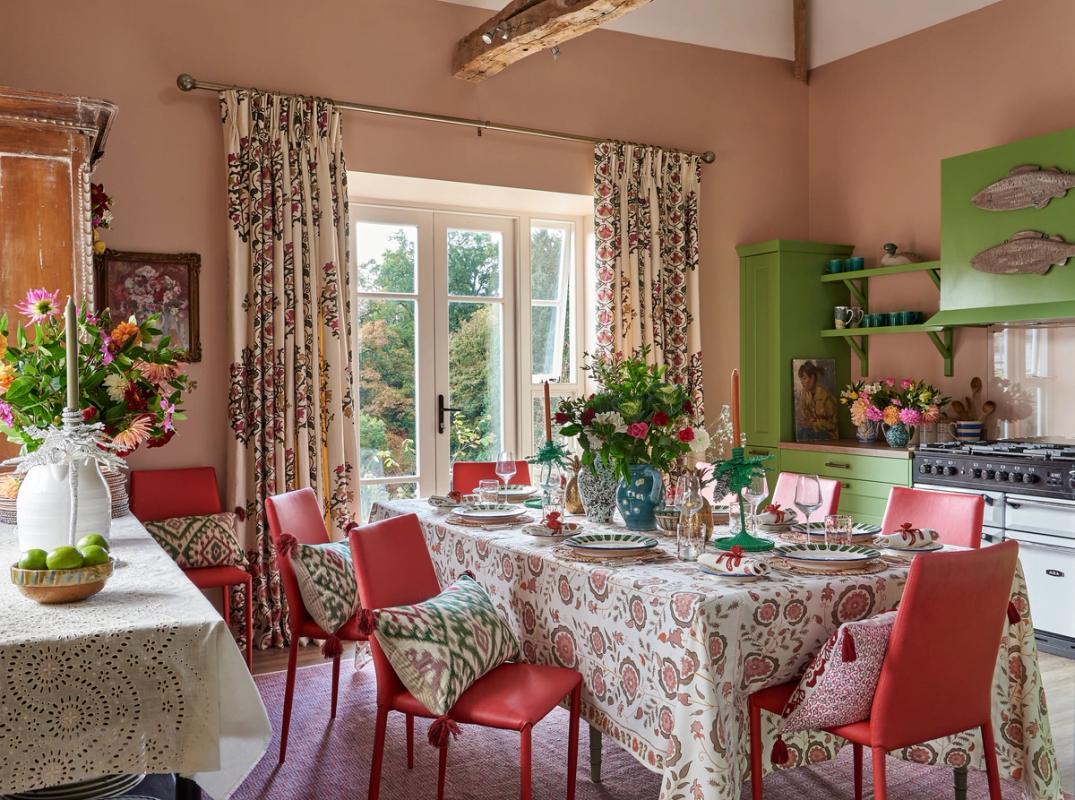
Embracing Biophilic Design at Home
Nature and interior design have been interwoven for centuries, if not longer. While the palm trees and ferns brought in by the Ancient Egyptians may not compare with a drawing room lined with William Morris’ Strawberry Thief, the Charlottenburg Palace, or London’s Barbican Observatory, there is still a clear thread drawn between the earliest examples of biophilic design, and the newest.
It's no surprise that nature has proven to be a timeless muse. It’s a reassuring agent – naturally calming, grounding, and temporal. Its disorder is tempered by its rhythmicality, and its dependability means that, no matter how far modern life evolves, we’re all connected to those earliest roots.
Even in the most pragmatic ways, combining nature with interior design makes good sense. If you’re looking to diversify textures, colours, and introduce some free-moving shapes into a space, then florals and botanicals are arguably the most effective port of call. From fabric to natural light, here is how biophilic design takes shape in the home.
What is Biophilic Design?
In some circles, biophilic design simply refers to an approach that is heavily centred around nature. Strictly speaking, however, biophilic design is driven by a more motivating force than just our appreciation for the beauty and peace of nature – it’s about the need humans have, and always have had, to affiliate with nature.
Interestingly, numerous studies have shown that people who are in touch with nature – in other words, who have a ‘good connectedness’ with nature – are generally happier. Detachment from the outside world has a detrimental impact on our mood and health.
Consider the importance of night and day – that most basic of rhythms. Our internal circadian rhythm depends on the regularity of sun and stars, light and dark, or our emotional and physical health takes a sharp downturn, even after relatively minor disruptions. For that reason, the lighting at home needs to be capable of reflecting those changes in the day. Layering warm tones that echo the changing colours of sunset and twilight, rather than rewiring our internal clocks with blue light, is tantamount to bringing more fresh-cut flowers and leafy plants into a space.
Like any other species, a meaningful connection with nature’s rhythms is encoded within our DNA. Modern life has tamped it down a fair amount but, even still, we can’t deny the benefits biophilic design brings to a space.
Using the Biophilic Principles of Interior Design
A key part of traditional biophilic design is familiarity. It’s about embracing the nature that we build a particular attachment to – the local seasons, the native flora and fauna – rather than the parts of nature that feel remote.

If the biophilic elements feel disconnected or disjointed – say, elements representative of remote ocean habitats combined with elements that align with the rural Cotswolds – then the real value of those biophilic elements are lost.
However much you subscribe to those fundamental ‘tenets’ of the design style, there’s something to be said for using spaces throughout the home to reflect the life that goes on outside of its walls, as well as inside.
Fundamentally, the key elements of interior design are natural lighting, living plants, good ventilation that ensures clean, dust- and mould-free air for the home’s inhabitants, and anything else that actively improves health and wellbeing.
Natural shapes – botanical and floral prints – are also effective at grounding the home in a sense of organicity, even if they aren’t one of the core elements. Naturally occuring materials are also healthier. Fabrics like 100% linen, made from dyed flax, and cotton may not seem as obviously biophilic as a pool of sunlight on the hallway floor or a living wall, but they are just as powerful.
That same organicity can be echoed through artwork and decorative pieces throughout the home. The imperfect lines of a sketch, the uniqueness of a hand-painted ceramic piece, and the freeform of a hand-embroidered textile may not be one of the tenets of biophilic design, but they appeal to the same principle, nonetheless.
Biophilic design isn’t just beautiful – it offers some real benefits to the people it touches. It is frequently deployed not just in interior design but in public spaces, too – offices that utilise biophilic design do so because of the tangible effects it can have on wellness and a sense of community. You needn’t turn your home into an Eden Project to reap the benefits – you merely need to be aware of the life-changing qualities nature offers inside your four walls, as well as outside.
More from Decoration
